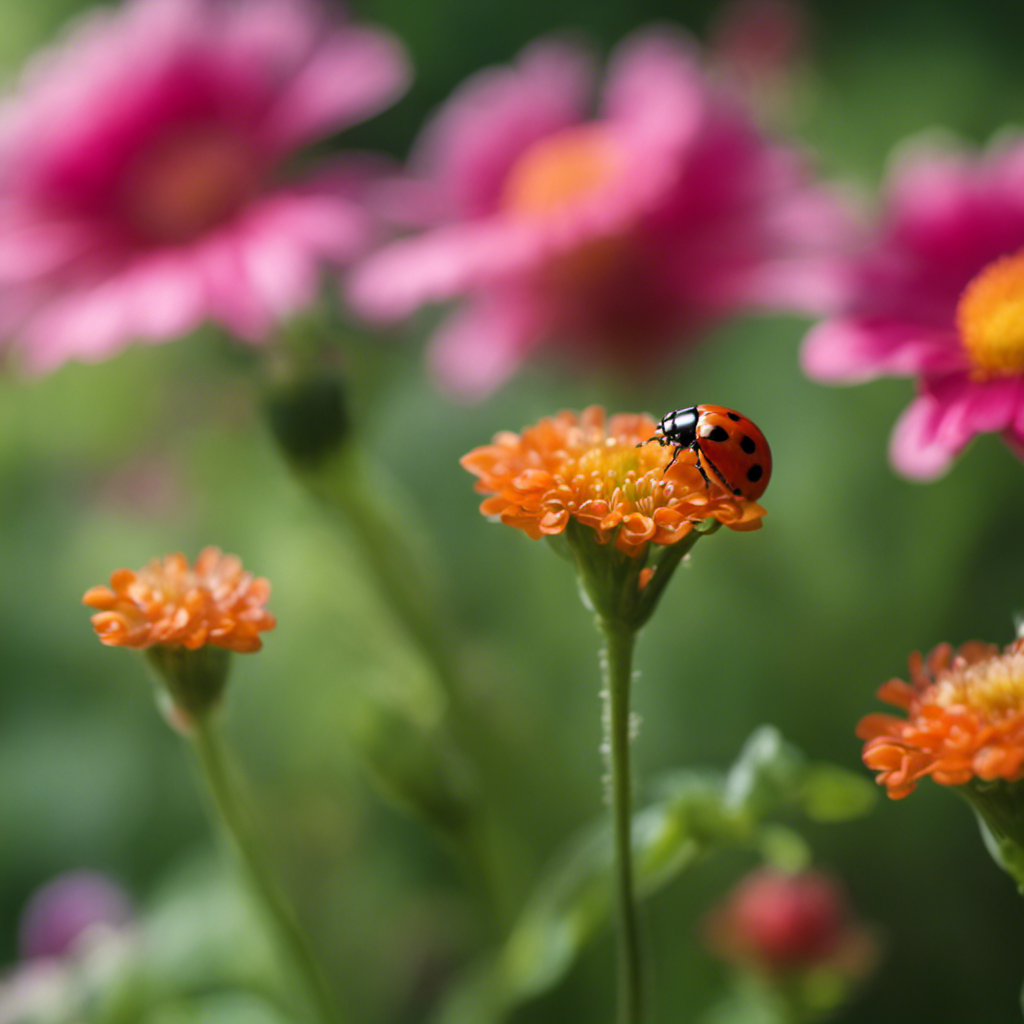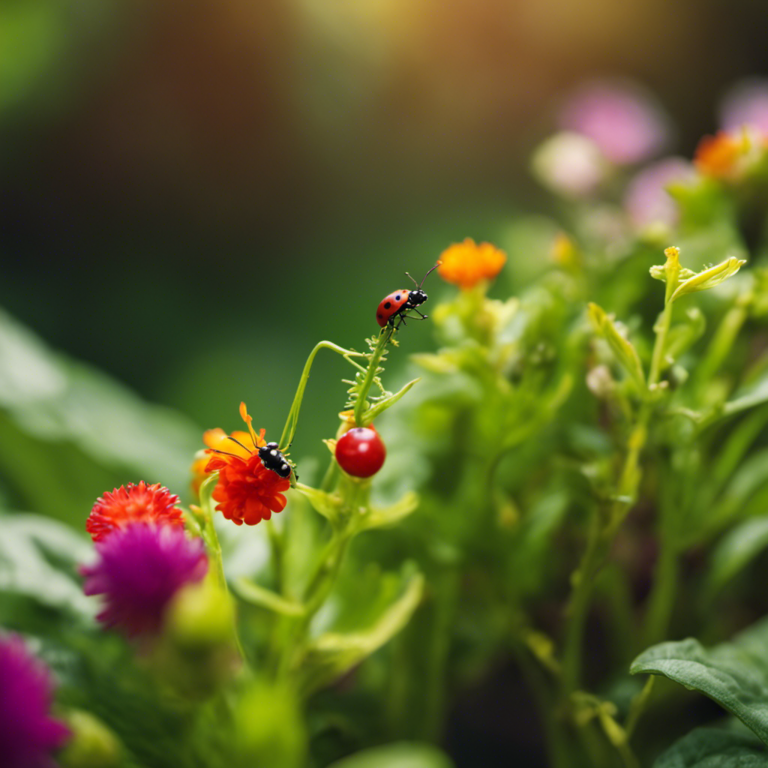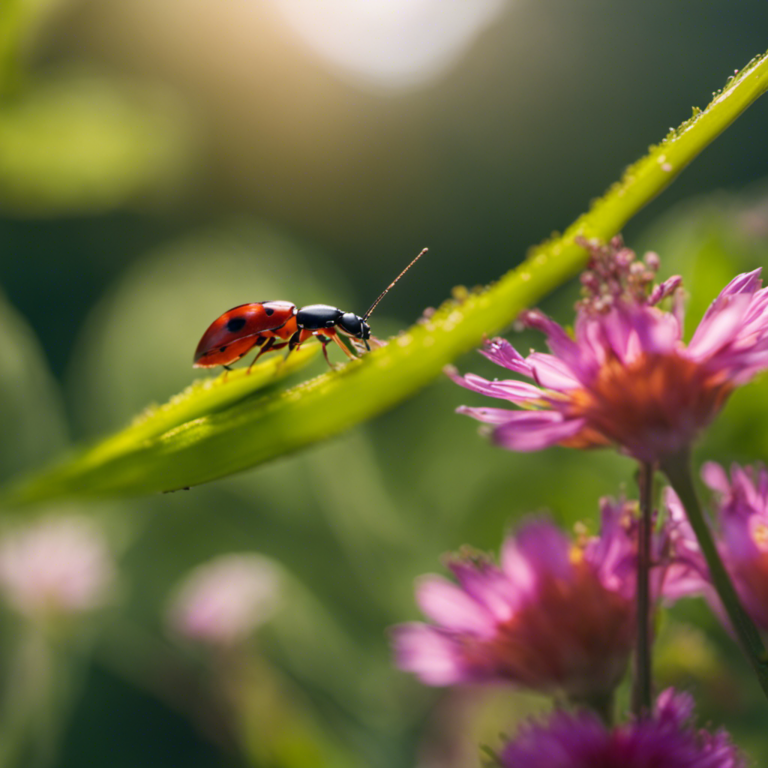Nature’s Tested Success Secrets for Green Pest Control Tactics
Discover effective and environmentally-friendly methods for green pest control.
Learn how to protect your home and garden from pesky critters without harming the environment or compromising your well-being.
From natural repellents to biological pest control and integrated pest management, these proven strategies will help keep pests away while preserving the balance of nature.
Embrace the power of green pest control and contribute to a healthier and more sustainable world for everyone.
In nature, there is an abundance of solutions for pest control that are safe and effective. By utilizing eco-friendly methods, we can protect our homes and gardens while maintaining the delicate balance of the environment.’
Key Takeaways
So, there you have it, proven strategies for environmentally-friendly pest control. By utilizing natural repellents, biological pest control, integrated pest management, physical barriers, and crop rotation, you can effectively manage pests in a way that is safe for nature.
These tactics work together seamlessly, like a well-coordinated team, to keep your home and garden free from unwanted critters while preserving the environment.
By implementing these methods, you’ll witness a significant reduction in your pest issues.
Natural Repellents
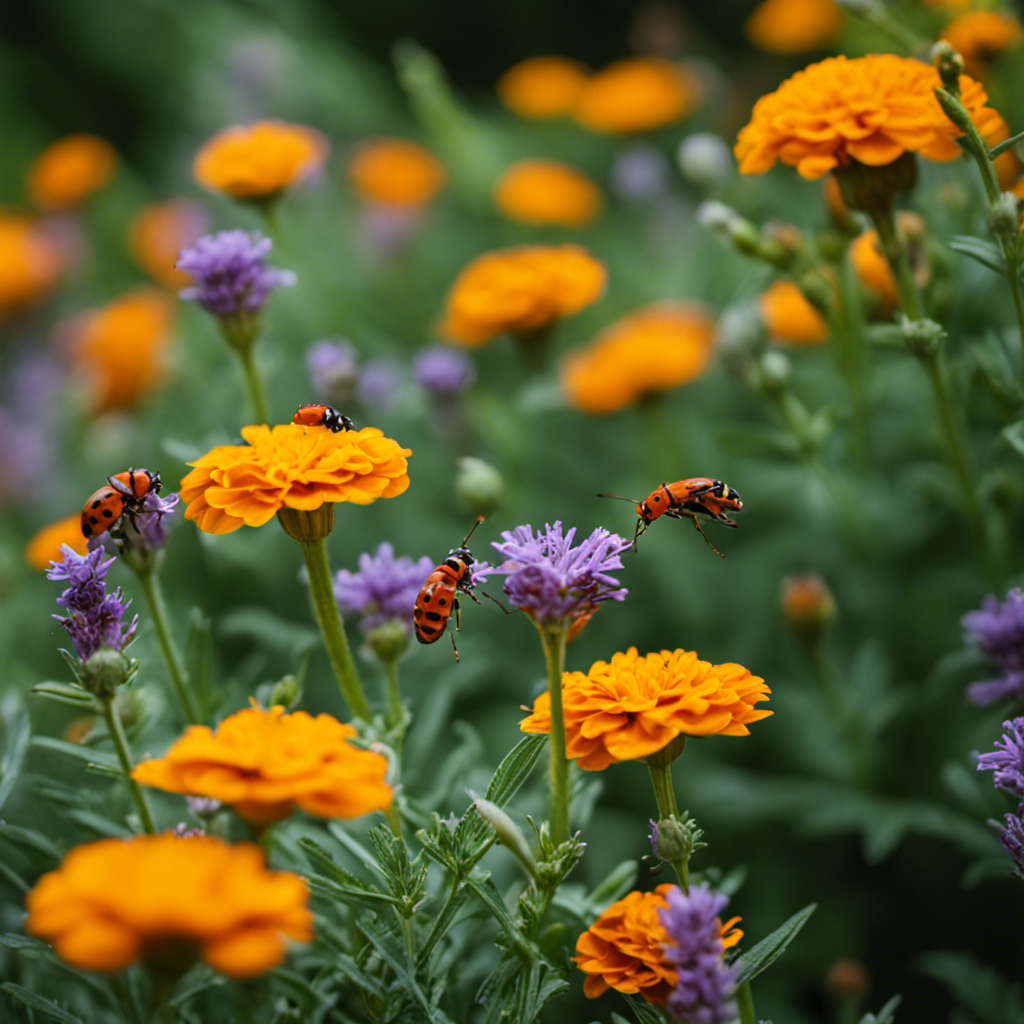
One effective natural repellent against pests is peppermint oil. This essential oil has a strong scent that insects find repulsive. To use it, simply mix a few drops of peppermint oil with water in a spray bottle and apply it around your home, especially in areas where pests are commonly found.
This method isn’t only effective but also eco-friendly, as it avoids the use of harmful chemicals.
Another eco-conscious way to deter pests is through companion planting. By strategically planting certain plants together, you can naturally repel pests. For example, marigolds are known to repel aphids, mosquitoes, and other pests, so planting them near your vegetable garden can help protect your plants.
Biological Pest Control
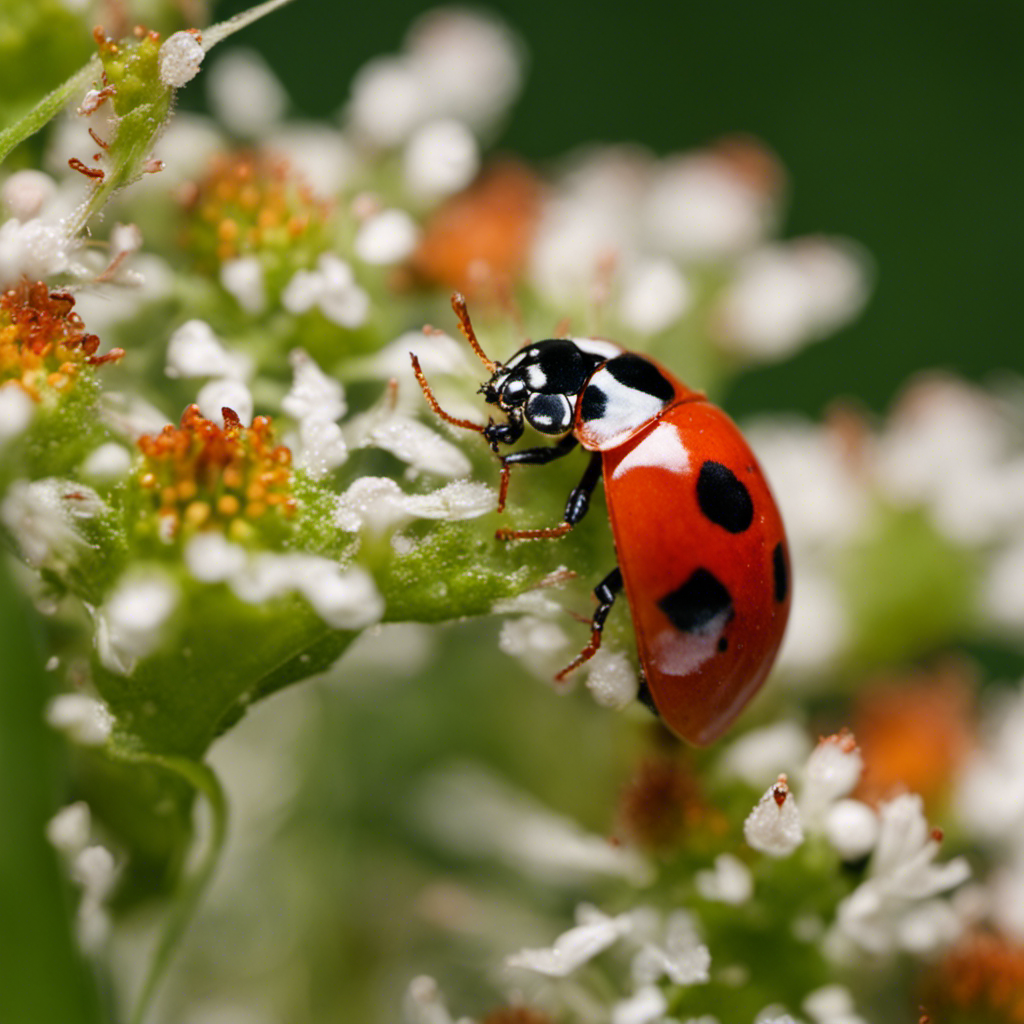
Implementing biological pest control involves harnessing the power of natural predators. By introducing beneficial insects or animals into your garden or home, you can take advantage of the benefits of biological control. Here’s how it works:
-
Predatory Insects: Ladybugs, lacewings, and parasitic wasps are natural enemies of pests like aphids and caterpillars. Releasing them in your garden can help control pest populations.
-
Nematodes: These microscopic worms target and kill pests such as grubs, fleas, and root weevils. They’re safe for plants, pets, and humans.
Implementing biological control does come with its challenges. It requires careful planning and monitoring to ensure success. Some key challenges include:
-
Timing: Releasing predators at the right time is crucial for maximum effectiveness.
-
Availability: Sourcing and obtaining beneficial insects or animals may be challenging in certain areas.
Integrated Pest Management
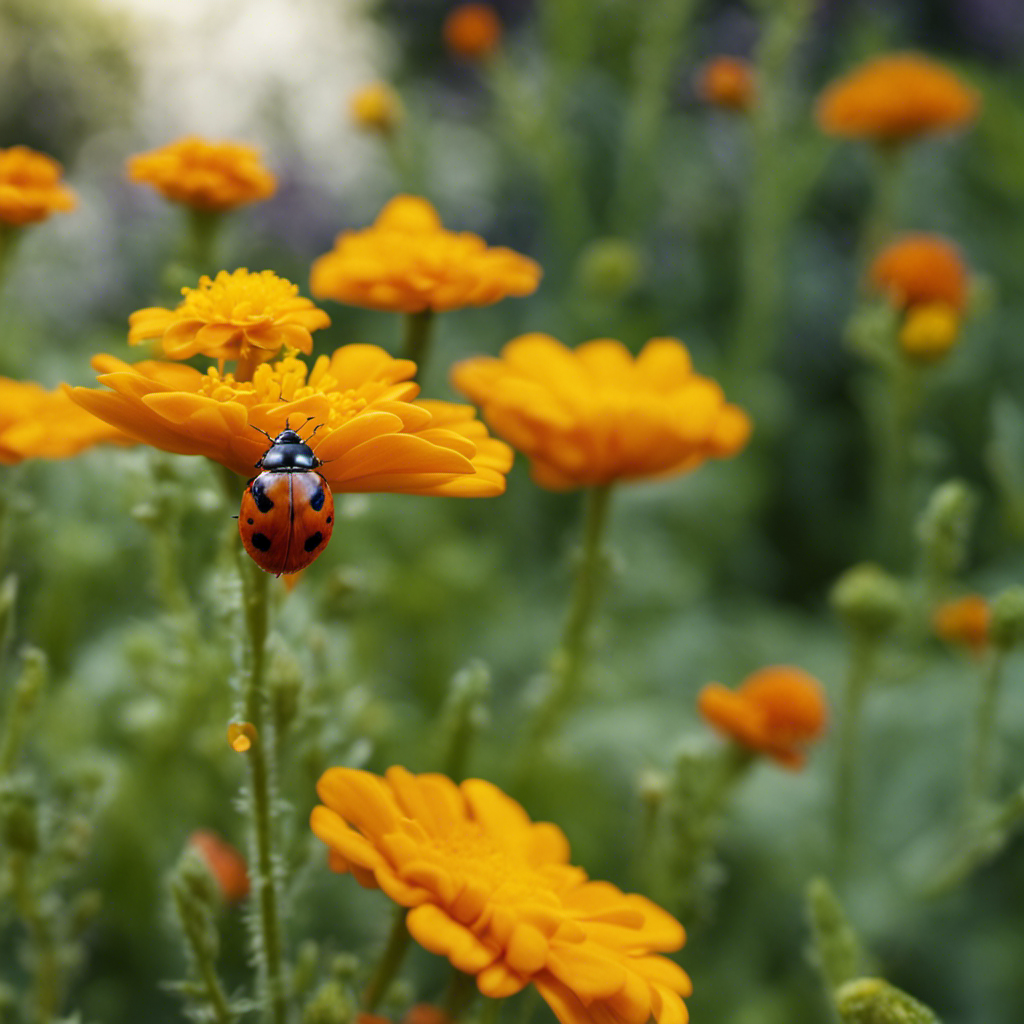
To effectively control pests in an environmentally friendly manner, you can improve your methods by adopting integrated pest management. This approach focuses on long-term prevention and utilizes a combination of strategies to minimize pest damage while reducing the use of harmful chemicals.
Integrated pest management consists of three key components: identification, prevention, and control. By accurately identifying pests and understanding their life cycles, you can implement targeted prevention measures such as removing food and water sources and sealing entry points.
When it comes to control, it’s recommended to use organic pesticides derived from natural sources, like neem oil or diatomaceous earth, as they’re safer for both humans and the environment. Additionally, sustainable pest control methods, such as biological controls involving predators or parasites, can be integrated to maintain a balanced ecosystem.
Physical Barriers
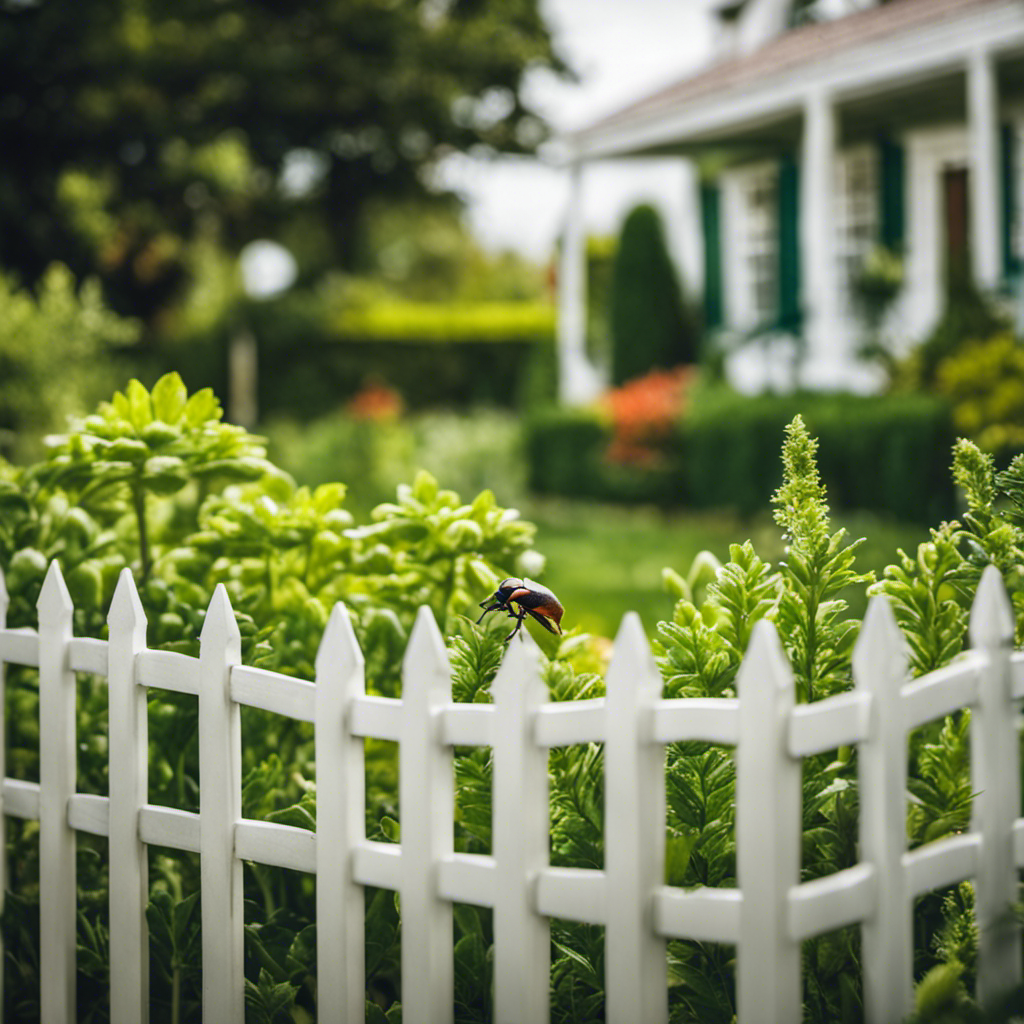
Create a barrier between pests and your space by using physical barriers. Pest exclusion is an important part of eco-friendly pest control. Here are some effective physical barriers you can use:
-
Seal cracks and gaps: Use caulk or weatherstripping to seal any cracks or gaps in your walls, windows, and doors. This will prevent pests from entering your space.
-
Install screens: Put screens on windows and doors to keep out flying insects and other pests.
-
Use door sweeps: Install door sweeps on the bottom of doors to stop pests from crawling inside.
-
Install mesh fences: Use mesh fences around your garden or property to keep out larger pests like rabbits or deer.
-
Use netting: Cover fruit trees, vegetable gardens, or other vulnerable areas with netting to protect them from pests.
Crop Rotation

Crop rotation is a sustainable agricultural practice that can help you maintain a pest-free environment and improve your eco-friendly pest control efforts. It involves planting different crops in a specific sequence over time. By implementing crop rotation, you can break the lifecycle of pests that target specific plants. This is because they won’t find their preferred host plants in the same location year after year.
In addition to pest control, crop rotation also enhances soil fertility. By alternating crops with different nutrient requirements, you can improve the overall health of the soil. For example, legumes like beans and peas can fix nitrogen in the soil, benefiting subsequent crops. This natural process helps to build pest resistance and promotes a healthy and thriving garden or farm.
Conclusion
So, there you have it, nature’s proven strategies for green pest control. By using natural repellents, biological pest control, integrated pest management, physical barriers, and crop rotation, you can effectively manage pests in an environmentally-friendly way.
These tactics work together harmoniously, like a well-coordinated symphony, to keep your home and garden free from unwanted critters while respecting nature.
Embrace these methods, and you’ll see your pest problems become a thing of the past.
